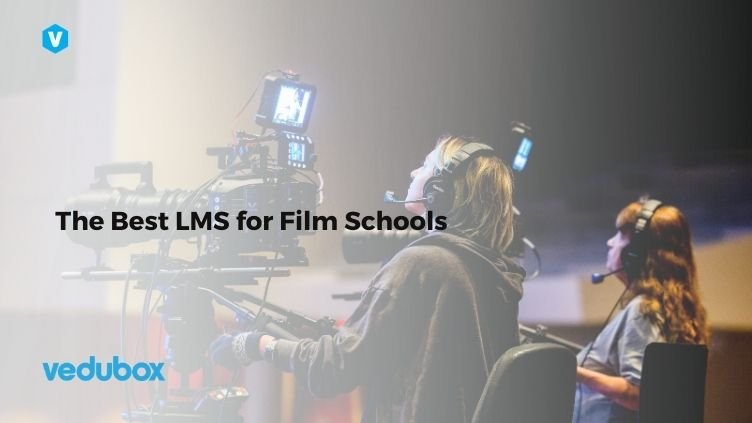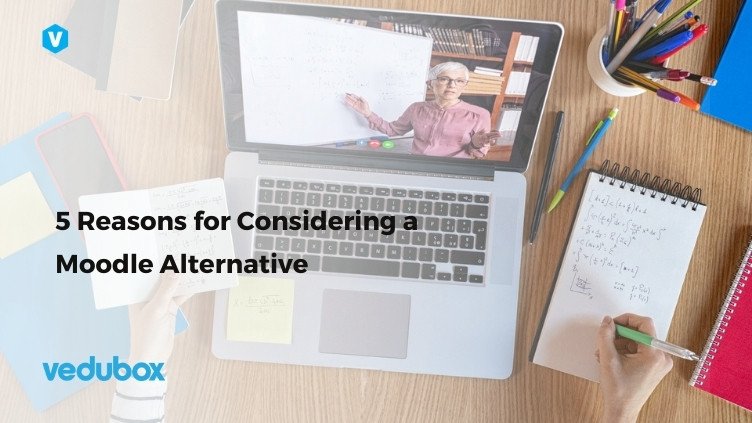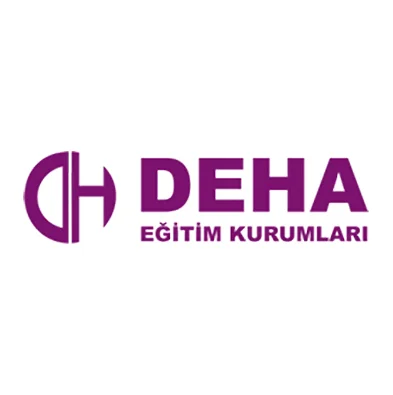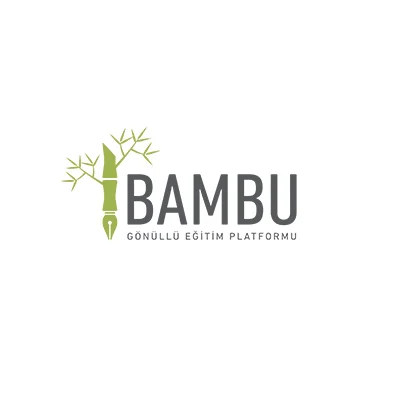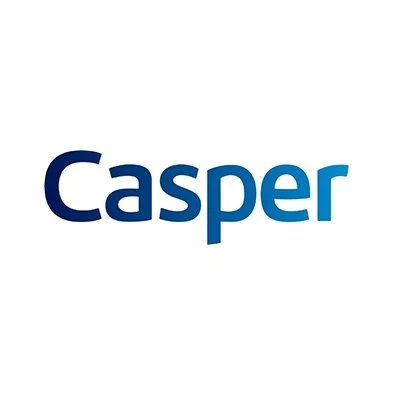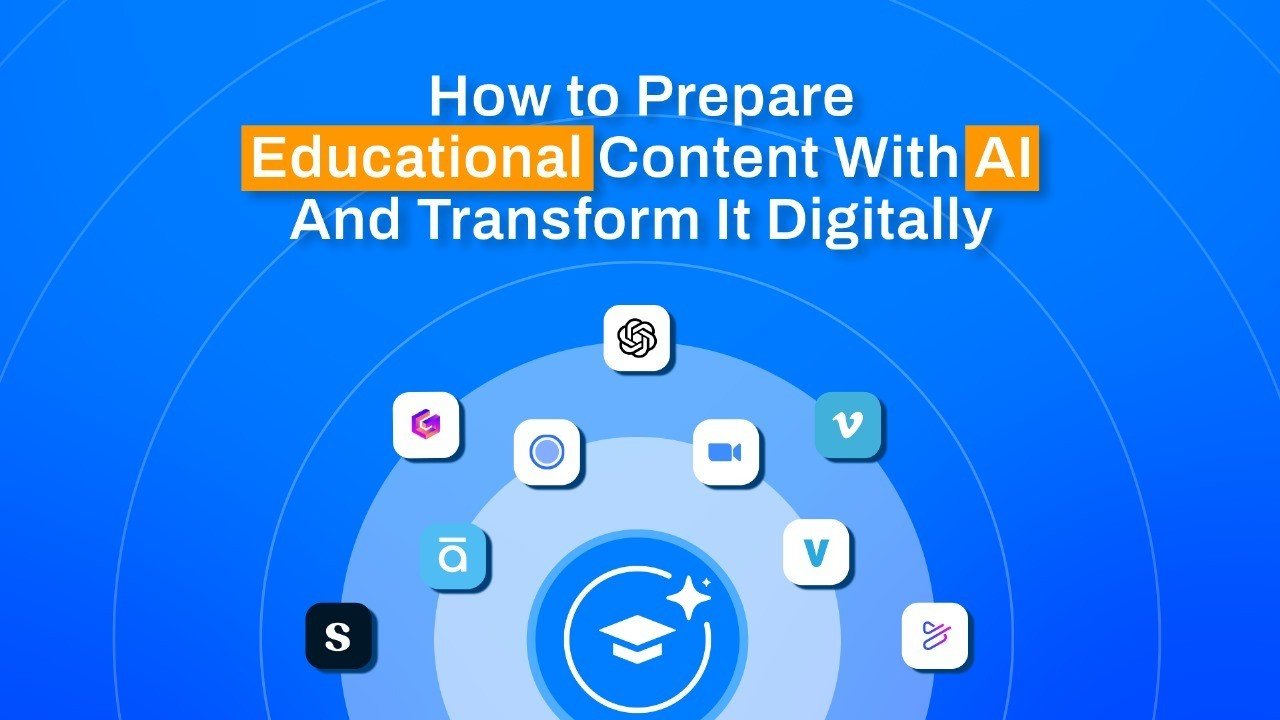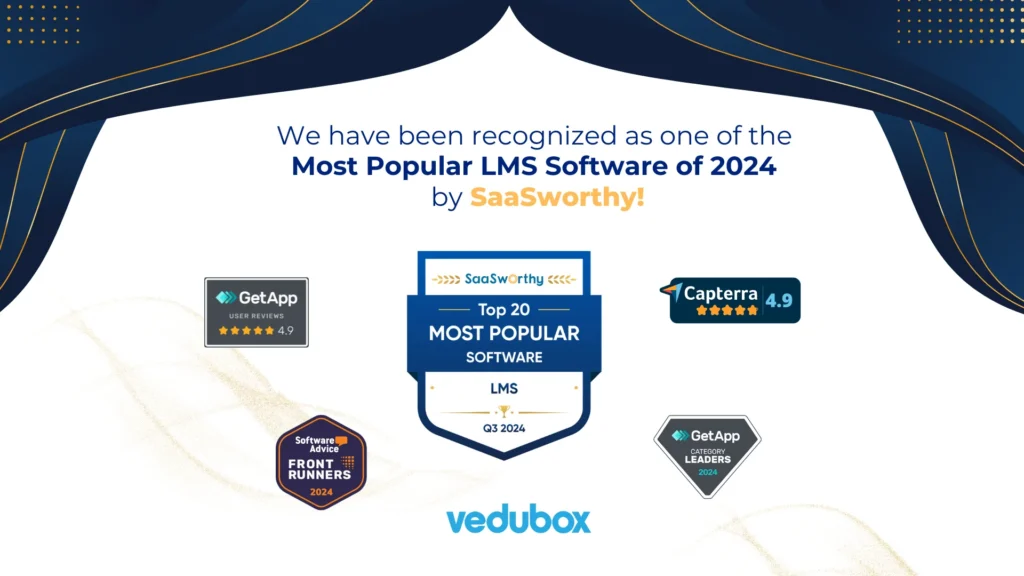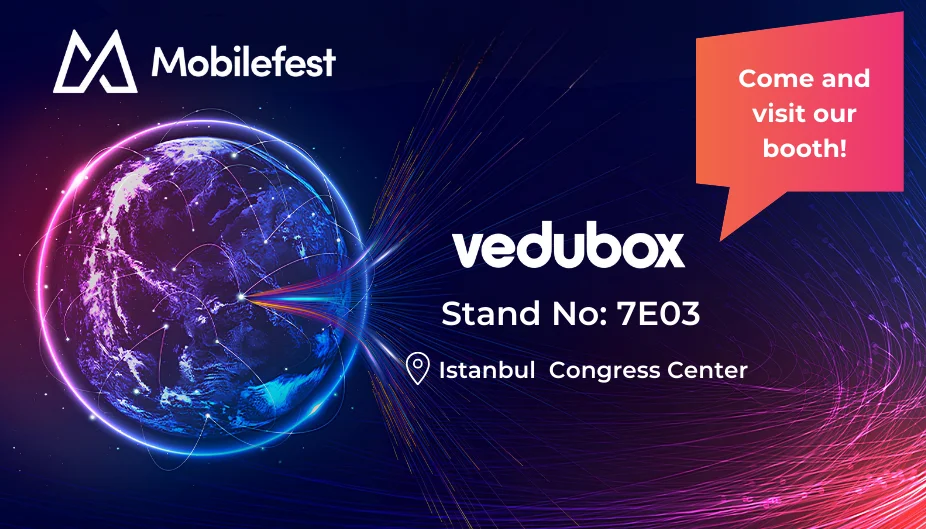Education has always been at the heart of change. To keep up, educators and instructors need to be agile and adaptable. Now, with artificial intelligence disrupting our routines, bringing AI into the way we create educational content is essential if we want to keep pace with the world around us.
But how do you actually leap using AI in your teaching materials? The shift can feel overwhelming, but understanding the steps and the bumps along the way makes all the difference.
Streamlined Content Preparation
While AI is an innovative element in itself, it also drives innovation in diverse industries, automating production by eliminating boring, repetitive work and streamlining traditionally time-consuming processes significantly. Including AI in educational content production enables educators to focus on areas that will create more value.
- Automated Content Generation: AI can rapidly generate initial drafts for lectures, summaries, quizzes, and exercises. That means teachers can skip the most tedious parts and focus on tailoring lessons, adding their own flair, and helping students dig deeper.
- Personalized Learning Path Design: AI also helps teachers get to know their students better. By observing how each student learns, teachers can shape lessons that fit each learner. The result? Students get the support they need, right when they need it.
- Multimodal Asset Creation: AI tools are good at turning text into different digital formats. They can create video scripts, make audio narrations, design interactive simulations, and produce infographics. These features make learning richer with many types of media.
- Language Localization & Translation: AI offers fast and accurate translation for a global audience. Translating educational content into many languages expands its reach.
Elevated Learning Experience
All these changes aren’t just about saving time. They make learning better for everyone — students and teachers alike.
- Interactive & Adaptive Assessments: AI-powered quizzing and assessment tools provide immediate, granular feedback to students. Beyond simple right/wrong answers, these systems can analyze performance trends and adjust the difficulty of subsequent questions, ensuring assessments are always challenging yet appropriate.
- Intelligent Tutoring Systems & Chatbots: AI-powered tutors and chatbots are like having a helpful guide on call, day or night. When students get stuck, they don’t have to wait for the next class—they can get help right away, keeping them motivated and on track.
- Virtual & Augmented Reality (VR/AR) Integration: AI helps create living learning environments using virtual and augmented reality. It can make interactive layers for real-world scenes. Turning abstract ideas into practical experiences makes learning more memorable.
- Gamification & Engagement: AI can even turn learning into a game, adjusting the challenges and rewards to keep students interested. Instead of just sitting back and absorbing information, students get to play, explore, and stay engaged every step of the way.
Critical Challenges of AI Integration in the Educational Content Creation
Of course, bringing AI into the classroom isn’t all smooth sailing. There are real challenges to tackle along the way.
- Ensuring Content Accuracy and Pedagogical Soundness: AI models, particularly generative ones, can sometimes “hallucinate” or produce biased, incorrect, or nonsensical information. Extensive human oversight, fact-checking, and pedagogical review to maintain the quality and reliability of educational materials is necessary.
- Ethical Considerations and Intellectual Property: The rise of AI-generated content introduces complex ethical dilemmas, including issues of plagiarism, data privacy for student interactions (especially concerning sensitive personal and performance data), and the fundamental question of content ownership for AI-assisted creations.
- High Barrier to Entry & Skill Gap: Not every teacher is a tech expert, and learning new tools can be daunting — especially when budgets are tight. This gap can make it tough for everyone to get on board with AI.
- Over-reliance and Loss of Human Touch: There’s also the risk of losing what makes teaching special. No machine can replace the encouragement, creativity, and understanding that a real teacher brings to the classroom.
- Infrastructure and Integration Complexity: Adding new AI tools to current systems is not always easy. Schools face technical and planning challenges when using AI, especially for students with disabilities.
Practical Solutions for Overcoming Challenges Related to AI Integration in the Educational Content Creation
So how do we overcome these obstacles? It takes planning, teamwork, and a willingness to try new things.
- Adopt a ‘Human-in-the-Loop’ Approach: Teachers should stay in the driver’s seat when using AI. Double-checking facts, making thoughtful choices, and adding a human touch are all key. AI is there to help, not to take over.
- Develop Clear Ethical Guidelines and Policies: Institutions need clear rules that ensure AI use is fair, open, and safe for data. Privacy regulations should also be followed.
- Invest in Professional Development & Training: Comprehensive workshops and courses on AI literacy, tool proficiency, and advanced “prompt engineering” are crucial. Training should also cover the ethical implications of AI, empowering educators and course operators to leverage these tools responsibly.
- Select Strategic Tools & Implement in Phases: Choose AI tools that are user-friendly and align with educational requirements. Begin with test programs to verify results and gather feedback.
- Foster Collaborative Innovation: Build communities where educators share what works, solve problems together, and create new content. Working as a group helps everyone learn and use AI better.
Best Practices for Digital Distribution
But creating great content is only half the story. Getting it out there and making it better over time is just as important.
- Platform Optimization: AI-generated digital content should work well on many devices and platforms. Ensure designs are compatible with various screen sizes and major systems and browsers.
- Performance Analytics: Utilize AI analytics tools to assess student engagement with content and learning. The data helps improve content so it stays helpful and relevant.
- Community Building: Utilizing digital platforms to foster peer-to-peer learning and instructor-student interaction around AI-enhanced content helps maintain the vital social aspect of learning, preventing isolation and enhancing collaborative knowledge construction.
AI gives teachers a powerful set of tools to make learning more personal, efficient, and engaging. Yes, there are hurdles, but with the right strategies, teachers can use AI to transform digital education for the better.
The main takeaway is that educational instructors and online course operators must now proactively engage with AI by initiating pilot programs, investing in professional development, and utilizing AI tools with caution and discretion. The future of digital education depends on strategic and informed adoption, empowering learners with dynamic, accessible, and responsive experiences.
